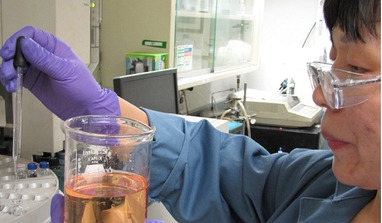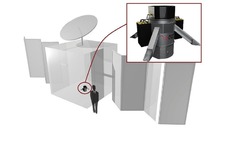 Issue #3(5) 2015
Issue #3(5) 2015
In the past, the space industry has been anything but green in its approach to environmental issues. But technologies and perceptions are changing fast in a host of areas. Engines can be designed to use less fuel, rockets developed to reach orbit without dropping stages back to Earth, and launch sites made more compact. All of which will not only help preserve the natural environment, but also reduce costs
 Issue #3(5) 2015
Issue #3(5) 2015
Humanity’s cosmic expansion is bound to run up against barriers, which could include the rise of a post-human species. This, however, is nowhere near as problematic as the possibility that the Universe is a fractal, and all life within it is doomed.
 Issue #3(5) 2015
Issue #3(5) 2015
The D-Orbit Decommissioning Device D3 removes a satellite quickly and safely from orbit and prolongs its useful life
 Issue #3(5) 2015
Issue #3(5) 2015
The incredible distances in space will shape and change humanity’s understand of home.
 Issue #3(5) 2015
Issue #3(5) 2015
With a second deep-space probe on its way to an asteroid, and the development of new satellites and rocket launchers, Japan country is playing a key role in international space activities
Since the fall of the USSR, private space initiative has not exactly taken off in Russia – but new technology and a new interest in start-ups could change all that.
The UK Government’s Innovation and Growth Strategy initiative was launched in 2010 to look at the potential for the space industry to grow. Ever since, the accomplishments of the UK space industry have been more fully recognized.
LavaHive is a Mars colony built using the planet’s own sand and dust.
The H-IIA rocket is incredibly reliable. But the Japanese space industry is already working on a successor.
The Spaceport in Houston, Texas is the 10th commercial spaceport in the US, and one that is borne of NASA’s rich history.